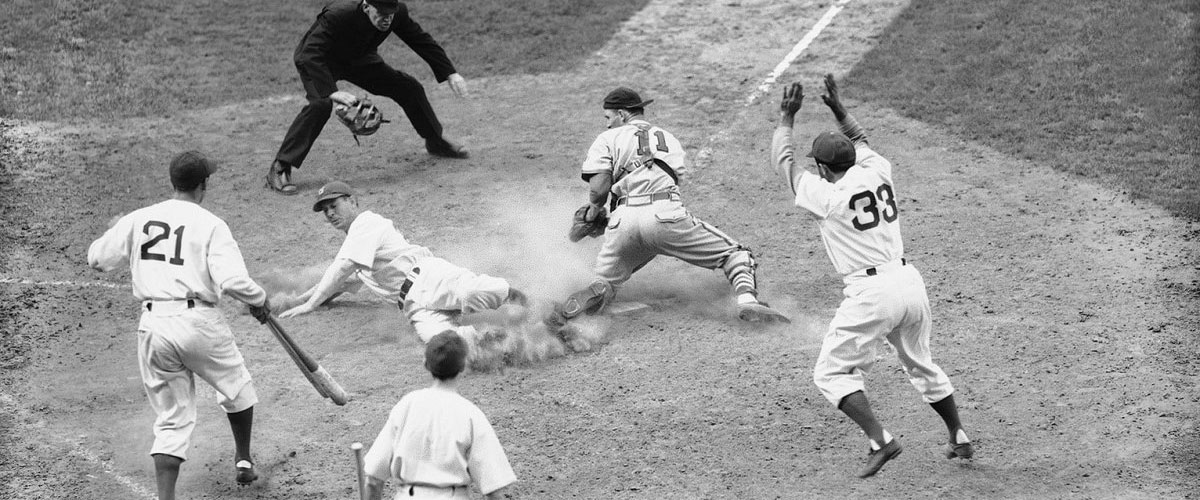Why email calls to action are different to webpage CTAs
Note: There are 3 main steps in the conversion process within email: 1: Convert to open; 2: Convert to click; 3: Convert to final objective (generally on landing page). In this post, we’re focusing on steps #2 and #3.
When creating calls to action in email, never lose sight of the fact that email is a push channel whereas your website is a pull channel. So what’s the difference? And how does this difference affect the way we need to write calls to action?
Push versus pull
It’s all about intent. With a pull channel such as a website, the customer has reached out for the content – pulled it towards themselves – because they want to complete a task they have set themselves, whether that’s buying a product or perhaps researching before buying.
With a push channel such as email, on the other hand, we as marketers are pushing our offers out to subscribers with a suggestion like, ‘Would you like to…?’ or ‘Why not consider…?’
With email, then, the buyer is more likely to be closer to the top of the purchase funnel, rather than closer to the bottom of the funnel as with search or the website. But why is this important to keep in mind when crafting a call to action for email?
Simply because we need to ensure that we’re asking people to take the most appropriate action based on where they’re at within a buying journey. If the trigger doesn’t feel right to them, they’re less likely to convert.
Basing calls to action on funnel behaviour
If, for example, we ask people to ‘Buy now’ within an email, we would probably see fewer conversions than if we had asked them to ‘Check out what’s new’ or ‘Explore our new range’.
Not only is ‘Check out what’s new’ an easier ask for them to commit to, but it is more appropriate for where they’re at in the customer journey. They don’t necessarily have a burning desire for the product we have presented to them… yet.
But once we’ve succeeded in converting them to click, they’ve now been taken to our website, perhaps to an ecommerce funnel or a transactional landing page, and here, of course, our aim is to convert them to the final objective – download/buy/register.
So now our user has switched to pull mode. Their interest has been sparked and they are further down the purchase funnel – and the call-to-action needs to reflect this. A more direct trigger such as ‘Buy now’ now makes perfect sense.
Originally posted on Sticky Content
Struggling to get your email recipients to take action? Discover the key differences between email and webpage CTAs and how to craft compelling prompts that drive engagement and conversions.
Need help optimizing your email CTAs? Contact Holistic Email Marketing today to enhance your campaigns and boost your results!

